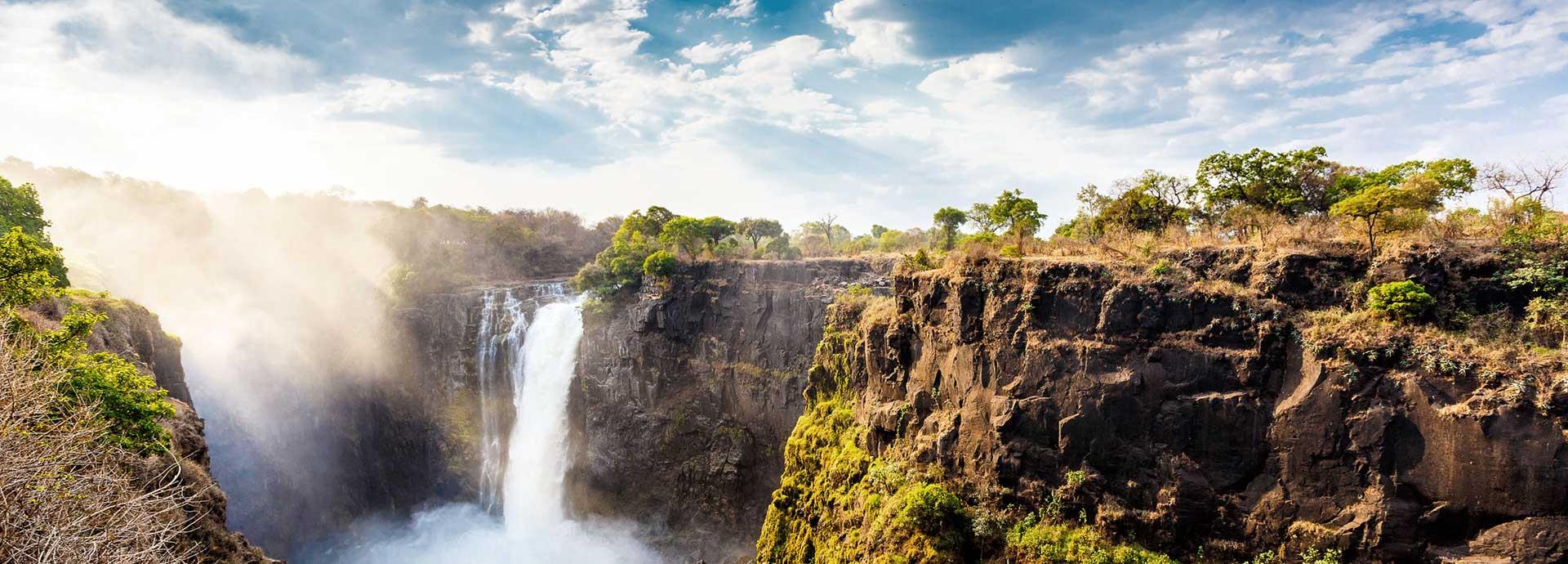

Zambia is a poor, landlocked and sparsely populated country with 22 people per square kilometre compared to almost 500 in nearby Rwanda. Most of the population in the country is centred around the capital Lusaka, with the rest spread out in arid and agricultural regions. Hydropower accounts for 85% of Zambia’s total power generation of 2,827 MW followed by coal, heavy fuel oil (HFO) and diesel and solar generation.
A few months ago, Zambia announced a reduction in hydropower production from the Kariba Dam from 1476 MW to 890 MW due to a dry spell and fears of a drought. The dam is the world’s largest man-made reservoir and the single largest source of electricity for Zambia. The Kariba hydropower station provides Zambia’s largest electricity company, vertically integrated state-run Zesco, an estimated 1080 MW of a total 2337 MW of electricity.
However, Zambia’s electricity demand is expected to grow at 150-200 MW per annum to touch 3000 MW by 2021 and 3525 MW by 2030. In this scenario, it is inevitable that a reduction in the supply of power from Kariba and a likely hike in tariffs, even for the short-term will have a cascading impact on its economy. Domestic electricity consumption and the mining sector, which is the backbone of the economy (and also Zambia’s largest power consumer - half of the country’s power generated) are likely to be hit the hardest.
Matthew Nkhuwa, Zambia's Minister of Energy, explained to Bloomberg in an email in February, “Unlike Zambia’s last power crisis only three years ago, the ability to tap regional markets will be limited by the power shortage hitting South Africa and the arrears Zesco owes for previous emergency imports from Mozambique and to domestic suppliers.”
A ray of sunshine
All this can change as Zambia is now looking to the sun for its future energy needs. With an average of 3,061 hours of sunlight per year (out of a possible 4,383 hours), in sub-Saharan Africa is a perfect candidate for solar energy.
Currently, Zambia’s solar power market is dominated by government, NGO, and donor-funded projects, with the World Bank being the largest financing agency in the sector. Annual sales are in the range of USD 2–3 million, with 70% being donor-financed projects. But in December 2017, the World Bank approved a USD 2.7 million loan for the development of a 34 MW peak solar photovoltaic power plant, its second in the country, by Ngonye Power Company Limited in Lusaka.
“With increased climate variability and the downward trend in capital costs, countries are increasingly looking at diversifying their primary sources for electricity generation through the addition of variable renewable energy,” said Mirlan Aldayarov, World Bank Senior Energy Specialist in a press release. “The Ngonye Solar photovoltaic project provides an important example in this regard.”
The Government of Zambia has a goal to provide universal electricity access to all by 2030. It has identified energy as one of the key investment areas to make it “a prosperous middle-income country by 2030.” The plan is to almost double its use of renewable energy sources, which so far is below one percent, and to diversify into other sources.
Future flexible
Wärtsilä has been working in Zambia for more than a decade and can play a big role in this transition. The company has a ten-year operations and maintenance agreement for the 50 MW heavy fuel oil (HFO)-based Ndola Energy Company Ltd (NECL) power plant. NECL is a subsidiary of Great Lakes Energy NV. The power plant will comprise six Wärtsilä 32 generators using HFO from the Indeni refinery adjacent to the power plant.
“Zambia is a high focus area for Wärtsilä, who already has an installed base of approximately 134 MW in Zambia. New opportunities are constantly being evaluated and developed,” says Carlo Matthysen, Business Development Manager, Energy Solutions, Wärtsilä.
As Zambia makes the switch towards renewables, it will also have to make sure that its power sources are reliable. Renewable generation is known to be intermittent because it is totally dependent on climatic conditions. Therefore, flexibility will play a key role in ensuring reliability.
Smart power solutions like Wärtsilä dual-fuel engines which can easily switch between thermal and renewable sources of power could be an ideal solution. They can help Zambia meet its twin goals of energy security and consistent access to electricity for all.


